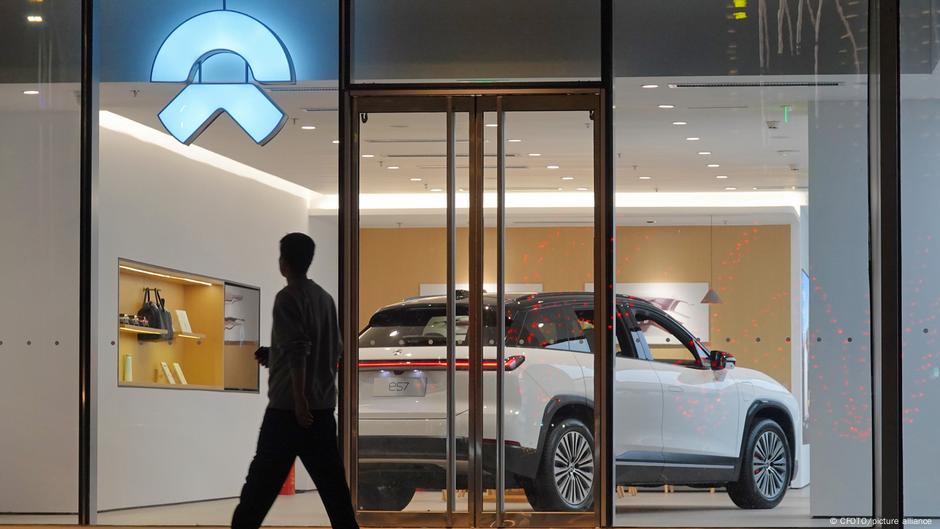
"Even if we only walk, we are faster than others," says Sun as he laughs mischievously. He is using the run-walk imagery to describe the state of the Chinese economy compared to its competitors. The businessman had been doing well selling real estate in China. Still, he doesn't want to see his full name published because his business is currently not doing well. There are vacant properties all over, and many apartments are just too expensive. What about the future, what's next? Sun shrugs, suggesting that everything will turn out fine."
"The streets may be busy but stores are seemingly empty around Tianjin...China reported economic growth of 5.5% in the first quarter of this year. The second quarter also looks good, according to the Chinese premier. But many in China view the government's optimism with skepticism and prefer to save rather than spend their money right now."
"Walking through large shopping centers in Tianjin, it is impossible not to notice the nearly empty stores. Demand for watches, jewelry and designer handbags is low, and customers are few and far between. In the stylish showrooms of Chinese car manufacturers, most of the salespeople look bored as they stare at their mobile phones."
"Even at a nearby hair salon, little is happening on a normal day. The loneliness of empty shops contrasts sharply with the optimistic growth reports from the government, reflecting a growing disconnect between official statistics and everyday consumer behavior."
The article discusses the contrasting perspectives on China's economic growth, highlighted at the Summer Davos 2025 conference attended by global leaders. While the Chinese government reports a 5.5% growth rate in early 2023, many citizens express skepticism and choose to save rather than spend, leading to a noticeable decline in retail activity in Tianjin. Despite crowds, stores remain empty, and consumer demand for luxury items is dwindling, indicating a disconnect between official optimism and consumer behavior.
Read at www.dw.com
Unable to calculate read time
Collection
[
|
...
]